Renault is in the midst of a tremendously busy period, rolling out new models and balancing the transition to an era of electrification. Fresh from launching the neo-retro Renault 5, the company has recently unveiled a larger follow-up called the Renault 4, and there’s a promising electric city car that resurrects the charm of the original Twingo, too.
Alongside those is a blend of modern electric and hybrid models, which Renault hopes will provide sufficient solutions to the European buying public in what continues to be a challenging retail environment. We sat down with the company’s CEO, Fabrice Cambolive, to discuss Renault’s strategy of leveraging familiar designs to introduce new technology, cost reduction and efficiency improvements. The conversation also touched on the role of incentives and the need for a collective effort to meet regulatory targets.
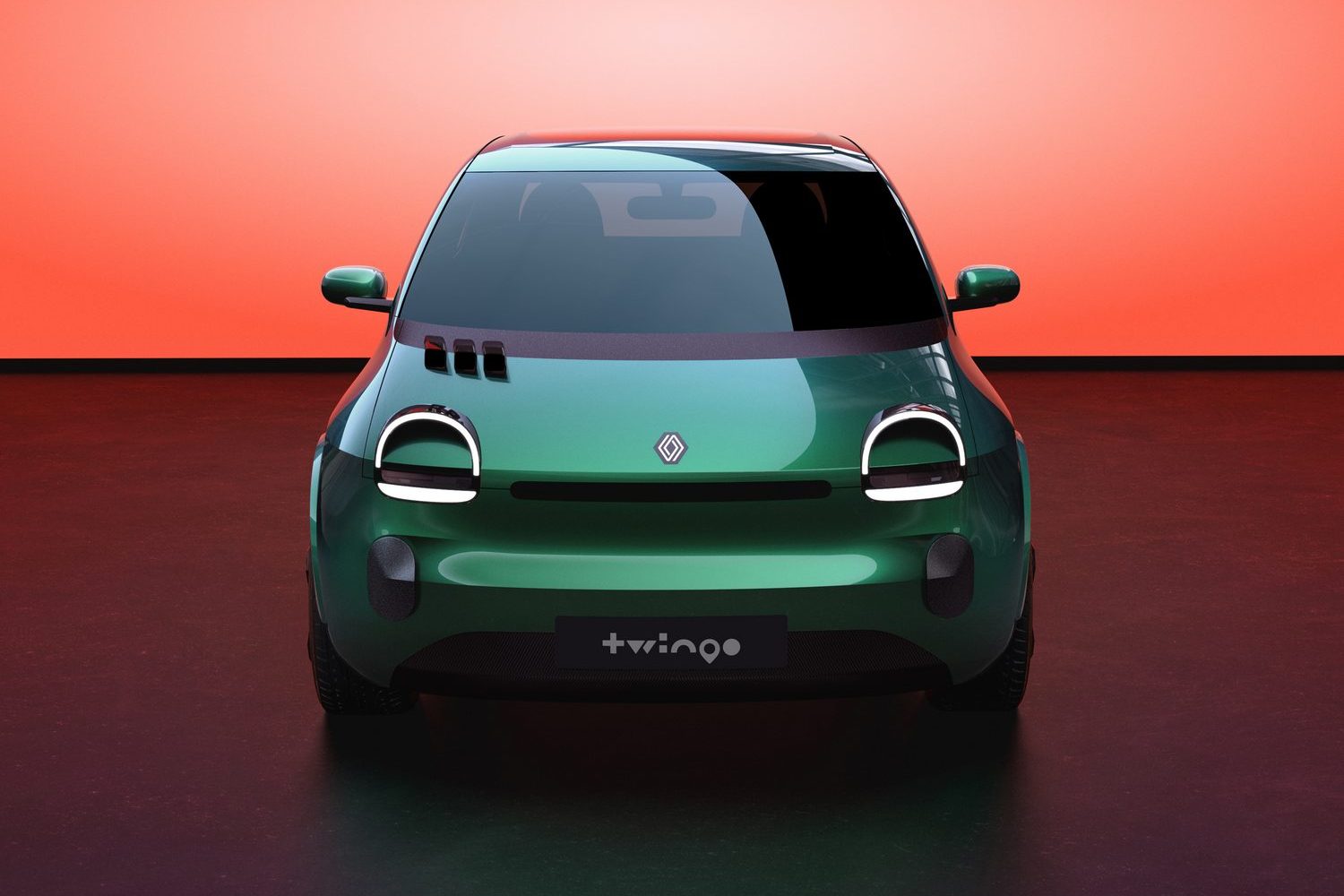
Q: Your design team talks about iconic legends and new legends. Is Renault about the new or the retro?
A: You know, when we speak with Gilles Vidal [Renault Design], he’s always saying, I don’t do neo-retro, I do retro futuristic because I want my kids, who were not born in 1960 or 1970, to like the car as an instant crush. What is interesting about the way we are bringing back Renault 5, Renault 4, or even the Twingo is we took our time. It means that we didn’t hurry to go back to these cars, because we put our focus first on the C segment, on Clio and so on.
But what was interesting is that we decided to reinterpret those cars because each of them made a kind of breakthrough in European society. If you take the Renault 5 in 1972, the second car in the household, a car for a woman. And more than that, special attention to consumption, which was very important. With Renault 4, it was more a capacity to do everything, to have this versatility, to cover all uses.
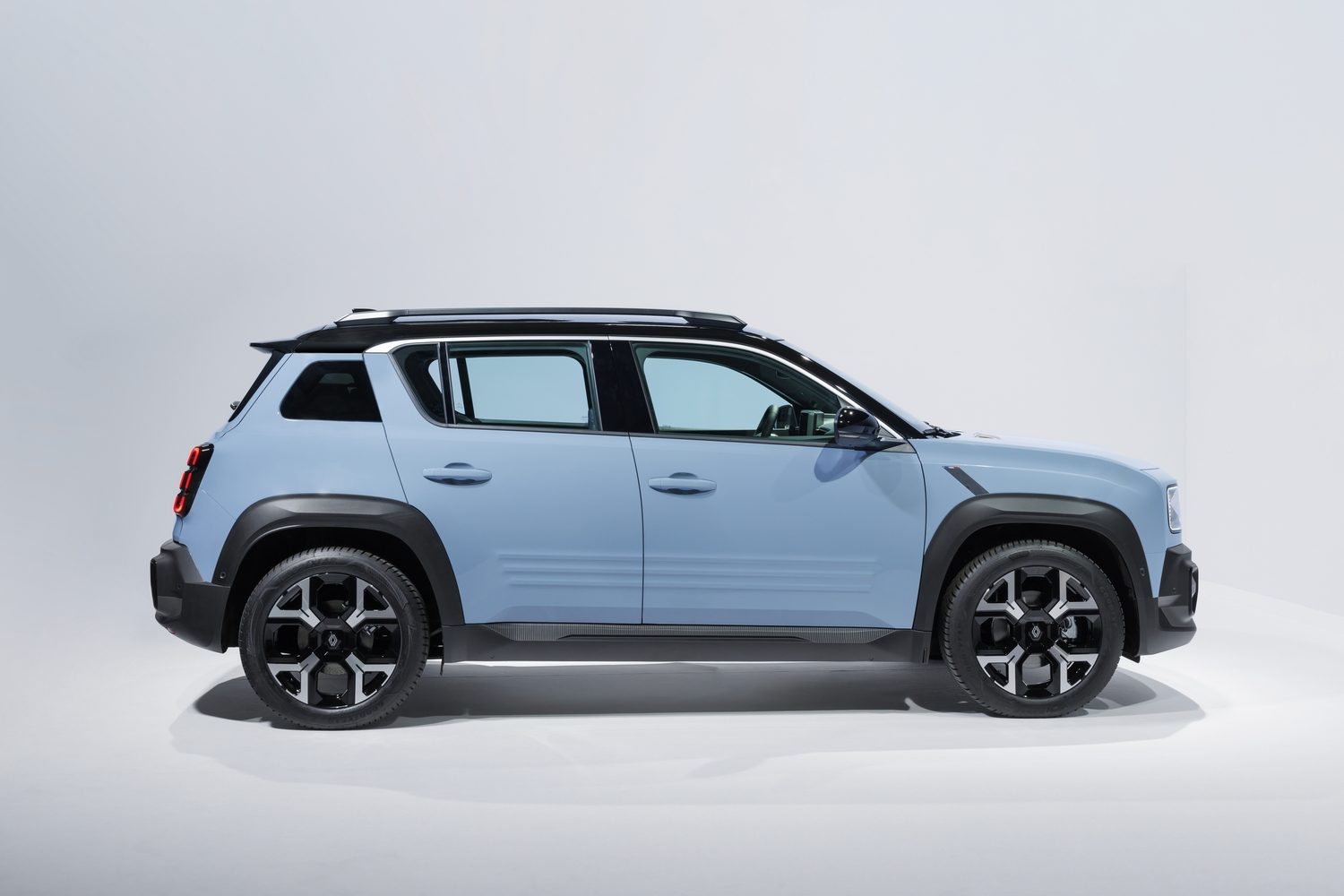
What we decided to do is to play with some details of the design. But more than anything, to give this car this condition to make a breakthrough in the market. Breakthrough, of course, for the EV transition, which is very important for us, but also a breakthrough in how these cars could contribute to addressing needs across the different social categories. This is exactly the mix between emotion and technology we want to play. This being said, I think we did that for the last three cars; we announced the new Renault 5, Renault 4 and Twingo. But we didn’t do that before, and this is not a compulsory exercise for tomorrow.
Q: But are there two tracks? Is there the retro-modern track and then the modern heroes such as the existing Clio, Megane, etc?
A: No, we see more, I would say, two legs. What is important is to manage this transition phase on a full hybrid leg. That’s why we decided to put the full hybrid technology on Clio, Captur and Symbioz.
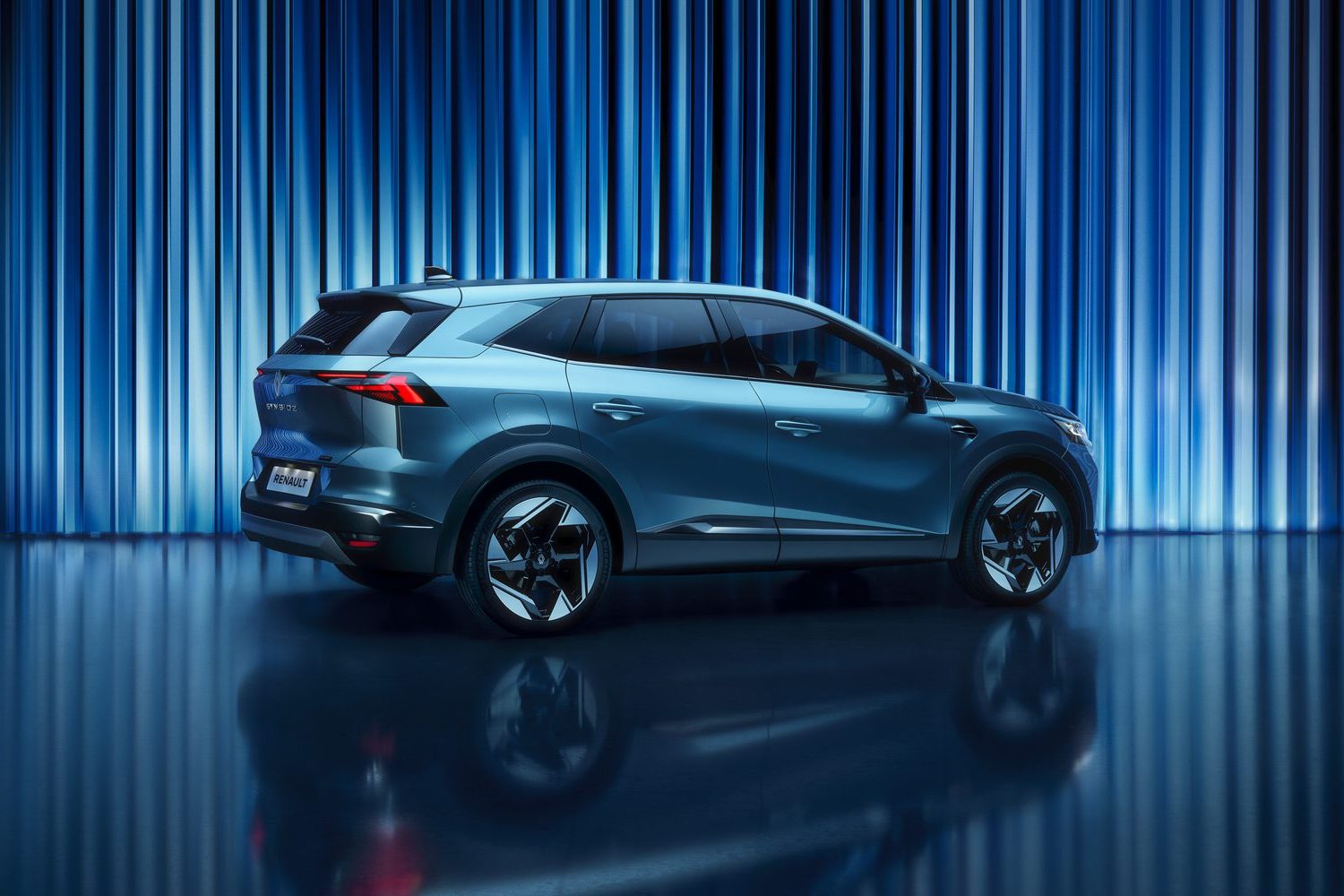
On the other hand, to create the future with EVs, a dedicated platform, and for that, this idea is to reinterpret some icons of the past. But for me, the most important thing is not to have one retro or one modern but to have the capacity to meet the consumer needs in Europe. If you take all the countries in Europe, the capacity to go to pure electrified cars depends on the countries at a different stage of maturity. For us, it was very important to have this double offer for every service.
Q: Does using something that people are familiar with, such as the Renault 5 or the Renault 4, make people more at ease with a technology that they may not be as comfortable with?
A: What you say is a psychological strategy. I would say it’s not like that. We want to use a kind of familiar environment to initiate a new technology. In the Renault 5, Renault 4 and Twingo, we found reasons to reinvent them in a new technological direction. It’s more than just using “that’s what my mother was driving,” and we’ll do the same. That’s why, for instance, with the Renault 5, what was interesting in the design is that we not only took some details from the first Renault 5 but also from the Super Cinq and the Turbo.
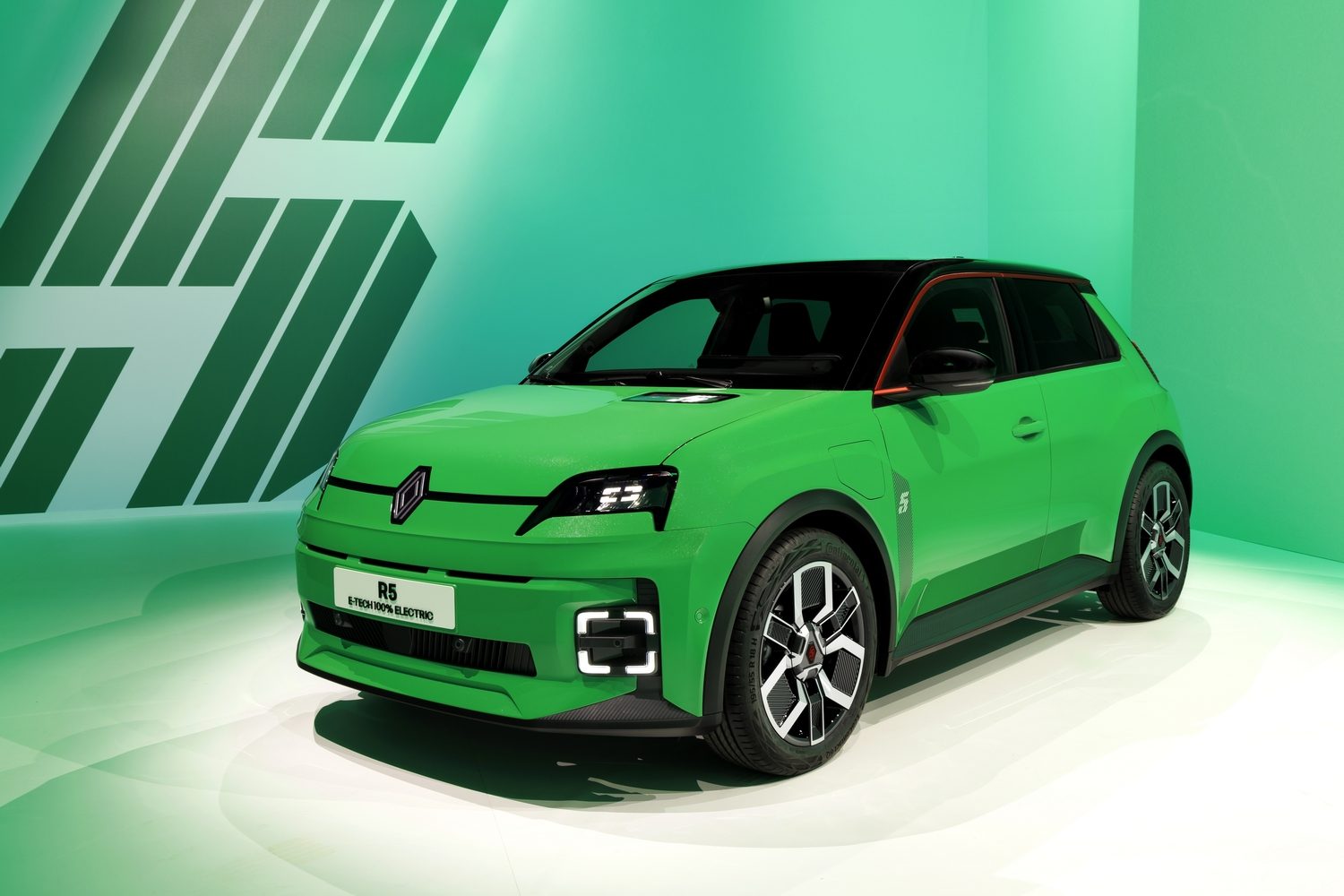
We say in French le cadre est libérateur, meaning the frame is liberating. Renault 5 gave us a framework in which we could exploit new technologies. These are not only pure electric but also connectivity, and what we put in Renault 5 on a technological level is almost the level of the C or D segment in terms of connectivity, suspension, drivability and silence, and that really matters at the end.
Q: What do you take out of a Renault 5 to make it €5,000 cheaper to make than a Twingo?
A: First of all, there is continuous progress because for the Renault 5, as you know, the first versions start around €30,000, but we have already announced the second version is up to €27,000. And then, we committed to open the orders of the €25,000 version during 2025. It means Twingo is coming after a job is done on Renault 5, which is done globally by Ampere to decrease the cost of our electric cars. Regarding Twingo, if you take the Renault 5, between the time we announced it and the first cars on the road, it happened three and a half years from January 2021 until now, more or less.
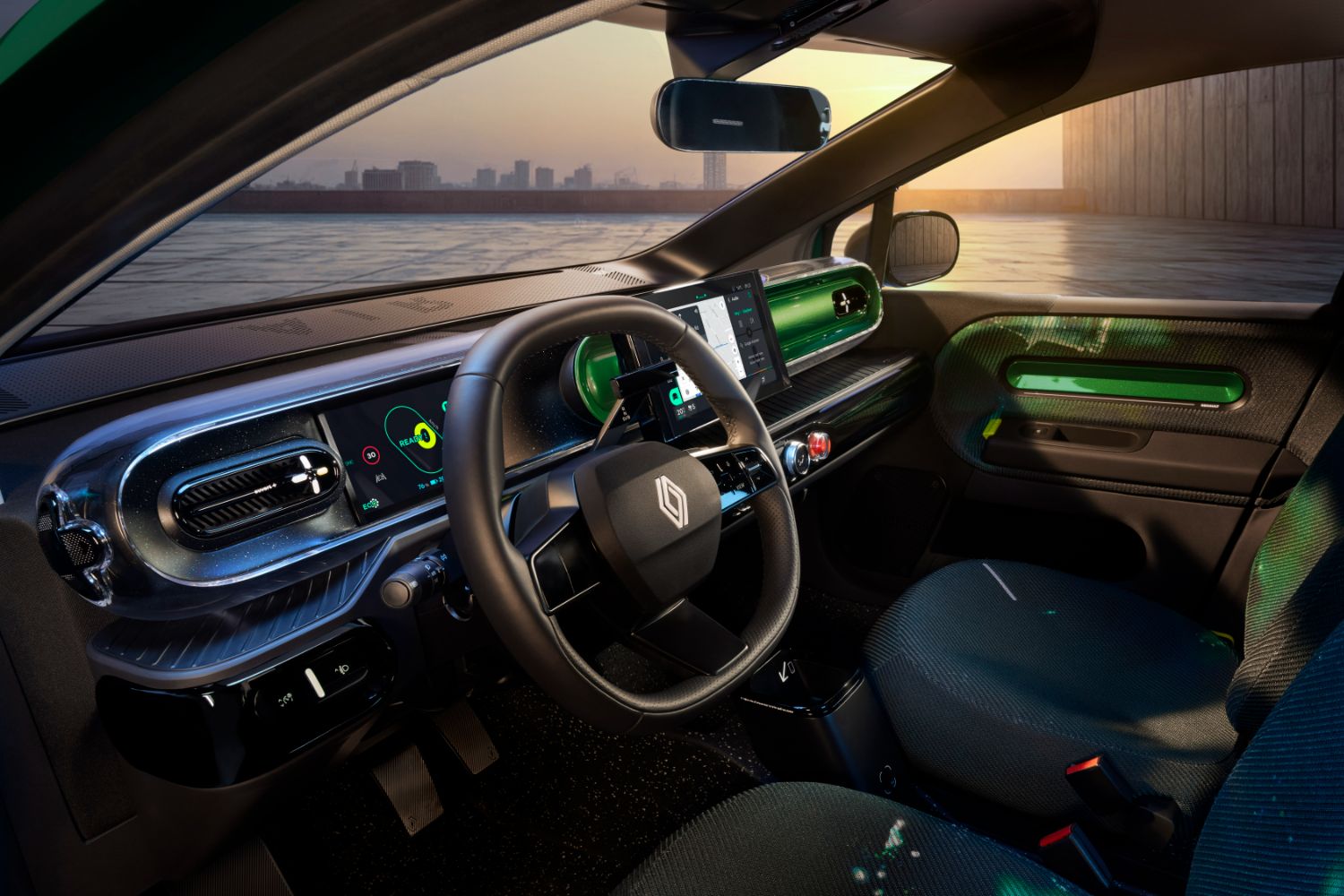
With Twingo, we want to do that in two years. It means that if you save 40 per cent of the time, you reduce your entry ticket, and if you are capable of doing that using new battery chemistries and new choices, it enables us to put Twingo in a complementary role to Renault 5. That’s the recipe we want to use to launch the car as promised, up to €20,000.
Q: Why could you not simply make a cheaper version of the 5?
A: The advantage of this platform is that it can play between different sizes on a very wide range. We used that to differentiate to the max Renault 5 and Renault 4. And I think we have to use it to differentiate, to the max, Twingo from Renault 5. It will simply not be the same size. It means a new modularity inside, a new battery, new capacity and a new range of autonomy. This platform is enabling us to play in an extensive way. Why shouldn’t we benefit from that?
Q: Are incentives the only way, at this moment, to get people buying electric cars?
A: I would say that more than that, there is a strategic necessity to offer customers who can’t go to electric directly because of the charging situation and so on, the opportunity to experiment with this hybrid technology because it’s a first step towards the electrification world. People buying hybrids now will certainly buy a Megane or Scenic or a Renault 4 tomorrow, and that’s our interest to push in this direction.
Q: Do you also see a future for sustainable fuels, perhaps with hybrid combustion engines?
A: We see a lot of hybridisation solutions here with synthetic fuels. But we also see a lot of solutions coming through from China, first pure electric and then range extender. This means we need to think about which direction to choose, as we did three years ago, choosing a full hybrid and an electric one. If you remember, three years ago, this decision was not so obvious because, in Europe, everybody was speaking about plug-in hybrids.
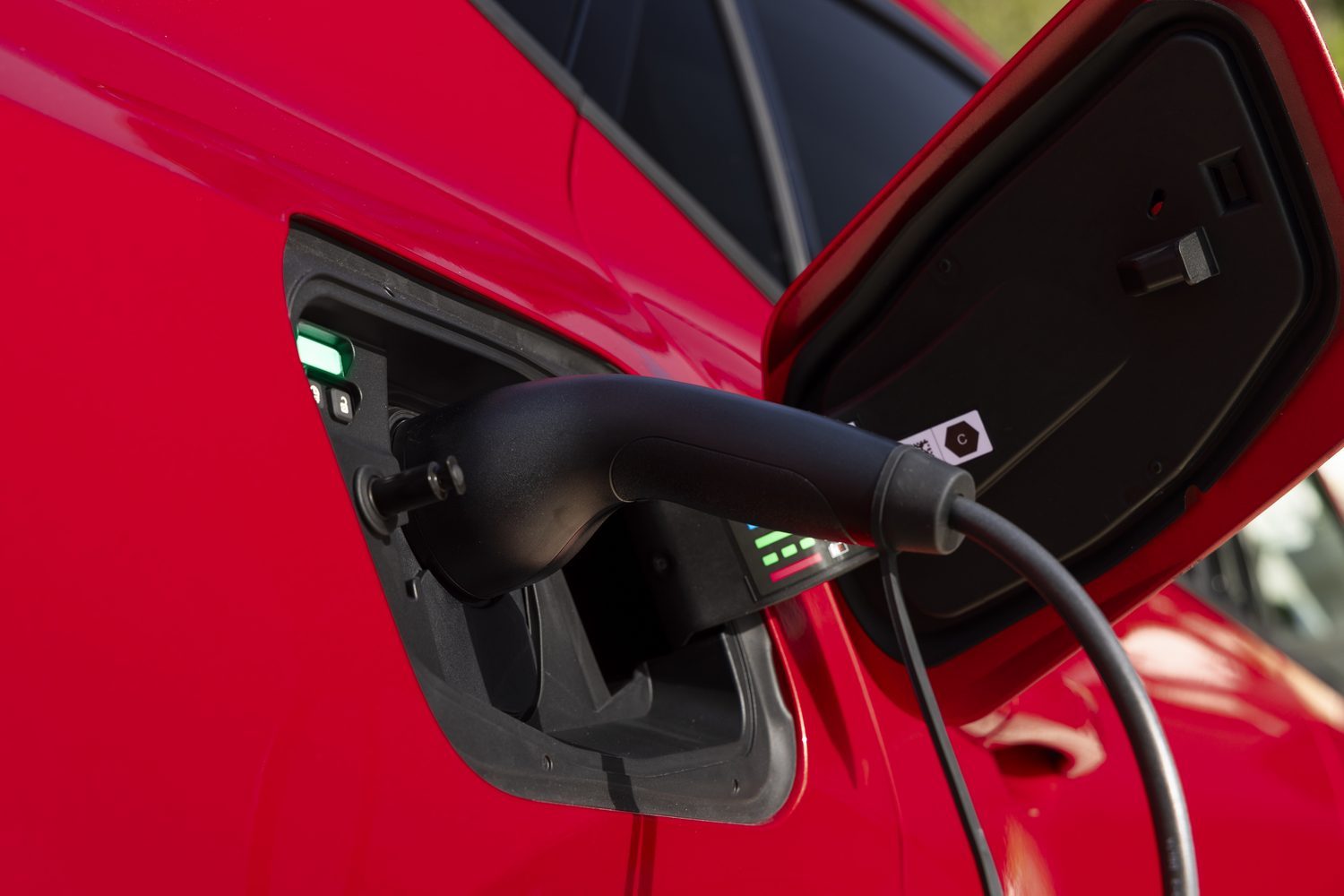
If you take plug-in hybrid in the Netherlands, Belgium, or even the UK, the sales are decreasing. That’s why our plug-in hybrid Rafale is not only a plug-in hybrid. It’s a plug-in hybrid when the battery is working, but it’s a hybrid when the battery is empty because of the 22kWh capacity, we have two kWhs that are working in the hybrid mode. It means it’s a better hybrid.
Q: To what extent is it proving impractical for manufacturers who have to meet emissions targets, and do you think politicians will have to reassess these targets at some point?
A: We have to comply with the level of CO2 on the trajectory until 2035. What we have to do, what they do, is consistent, but it’s a collective challenge. If we are just alone, launching Renault 5 and Renault 4 with no support, as an example in retail, it will be very, very complicated. Look at the incentives, which are the ecological bonus in France. I can tell you that it’s working. I think that incentive is an additional factor to increase the capacity to make the shift between ICE and electric.
We need to be present in B and C segments; we need to be present in retail to have an offer for fleets. That’s what we are doing now. We need to prepare the field with hybrid, but we need help with incentives, not to make our profitability, but to make even more capacity, to shift more people to buy. We need to have a consistent approach with fleets, which is one of the key areas.
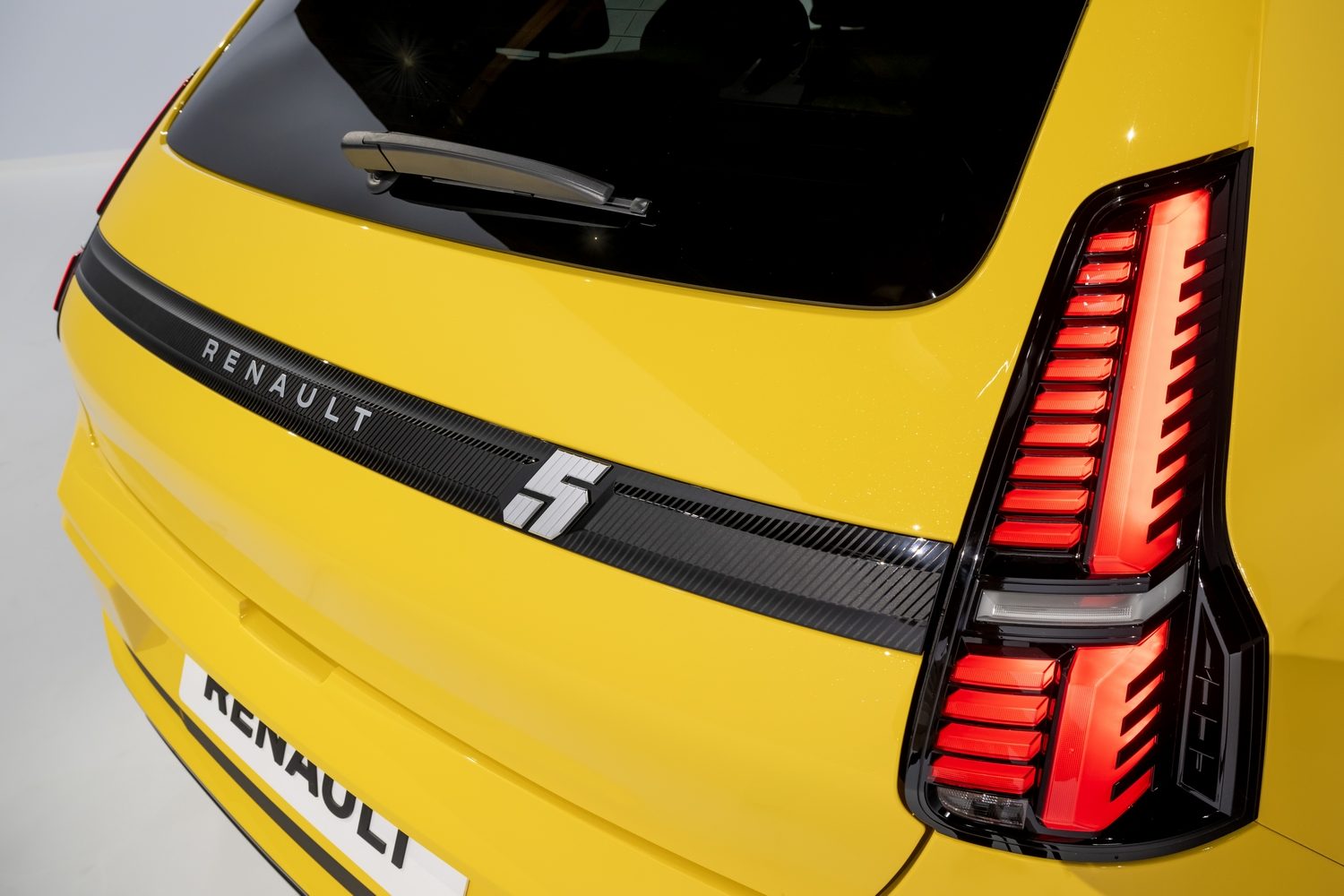
Q: What can we learn from the Chinese brands?
A: I think a lot of things. They took advantage of electrification, a lot in terms of speed of execution and connectivity. I think we should have a view to cooperate with them when it’s necessary, because we can really learn from them also.
We are working with Geely on some very concrete projects, and it’s a good opportunity for us. We put together the Horse organisation to benefit from their expertise, and we worked together to launch some cars in international markets.


